Heavy Medal Mock Newbery Finalist #3: The Important Thing About Margaret Wise Brown.
Introduced by Heavy Medal Committee Member Tamara DePasquale
We invite HM Committee members and readers to join the discussion on Newbery Worthy Finalist #3

Meet Margaret Wise Brown, an eccentric, complicated, and prolific author of more than 100 books for children. She was like no other children’s author of her time, and appropriately, The Important Thing About Margaret Wise Brown is like no other picture book biography to date.
At the very first page turn, Margaret Wise Brown is quoted: “All this emphasis today on who writes what seems silly to me as far as children are concerned.” And author Mac Barnett respectfully acknowledges that sentiment with a playful, well-written ode to Margaret Wise Brown that cleverly winks at one of her most popular titles, The Important Book.
ADVERTISEMENT
ADVERTISEMENT
So, what is essential to know about Margaret Wise Brown? Barnett engages his young readers with direct questions, asking what is important to know about Margaret Wise Brown. Is it her birthday? Her hair color? His simple responses are far from impressive, and he knows it. Just like Ms. Brown, he “gets” his readers and gives them what they are looking for: stories about her pets, their odd names, swimming nude, and her quirky behaviors. Barnett does not shy away from any topic. Yes, as a child, she skinned and wore her rabbit’s pelt. She frivolously spent her first earnings on a cart of flowers and a party to celebrate, and she loved both a man and a woman. She also died at the early age of 42. All of these bits of information – none more important than another — provide great storytelling opportunities and underscore Margaret Wise Brown’s appreciation and respect for a child’s natural curiosity.
Like the patterns found in The Important Book, Barnett ends his biography the same way he started it: coming full circle. “The important thing about Margaret Wise Brown is that she wrote books.” What makes Barnett’s writing distinguished is that he so successfully captures the spirit and spunk of Margaret Wise Brown and, in doing so, includes all of the hallmarks that distinguished her as a beloved children’s author. No doubt, Ms. Brown would be pleased with the telling.
Filed under: Book Discussion
About Annisha Jeffries
Annisha Jeffries is the head of the youth services department at Cleveland Public Library. She was a member of the 2007 ALSC Board and served on several selection committees, including the 2018 Caldecott Committee. A 2000-2001 Spectrum Scholarship recipient, Jeffries is currently the Chair of the Norman A, Sugarman Children's Biography Award. She can be reached at annishamj@gmail.com
ADVERTISEMENT
ADVERTISEMENT
SLJ Blog Network
Name That LEGO Book Cover! (#53)
Cover Reveal and Q&A: The One and Only Googoosh with Azadeh Westergaard
Exclusive: Vol. 2 of The Weirn Books Is Coming in October | News
Fighting Public School Book Bans with the Civil Rights Act
Take Five: Middle Grade Anthologies and Short Story Collections
ADVERTISEMENT

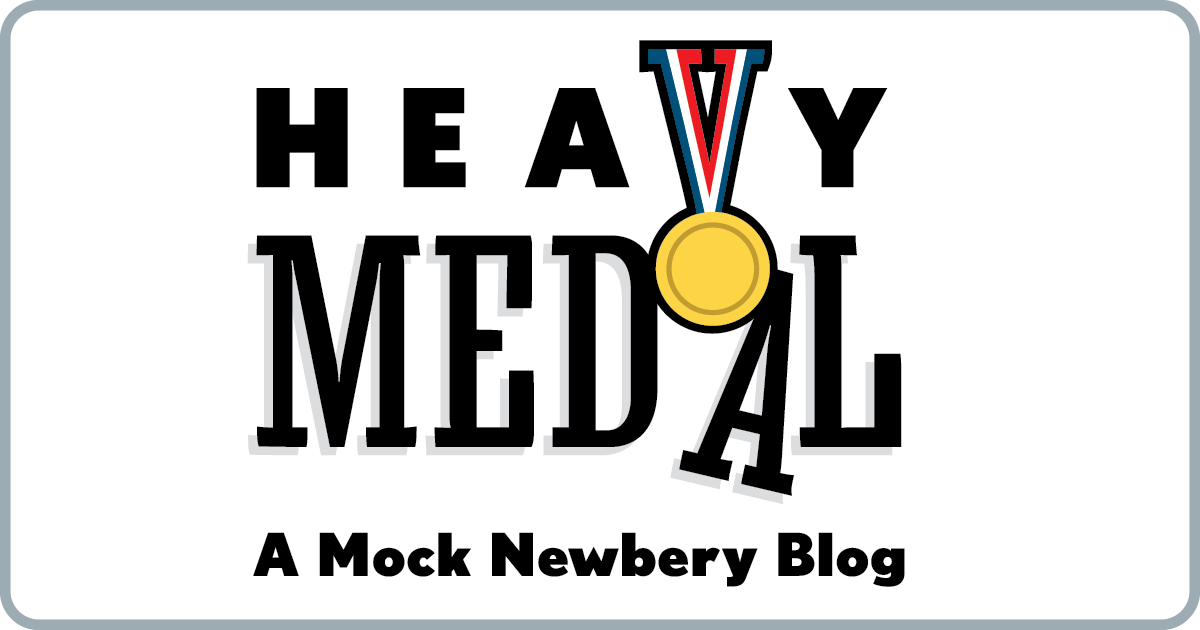

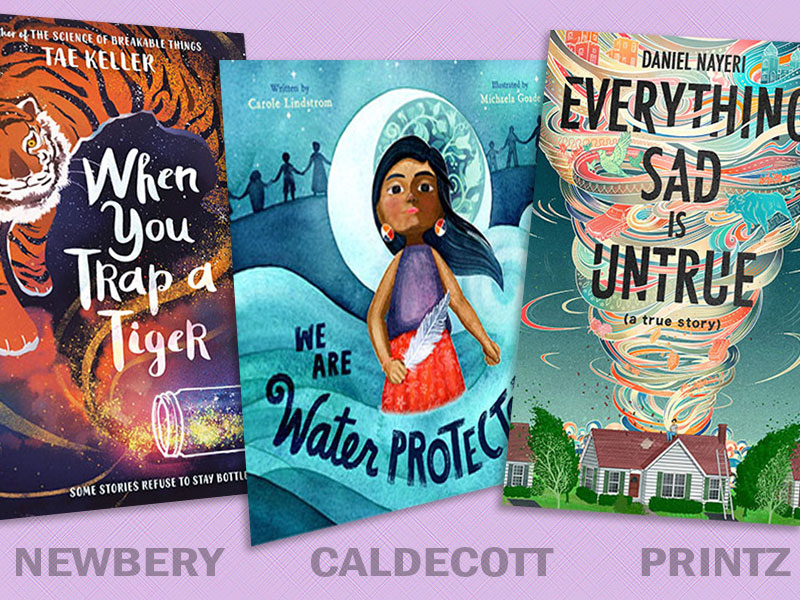
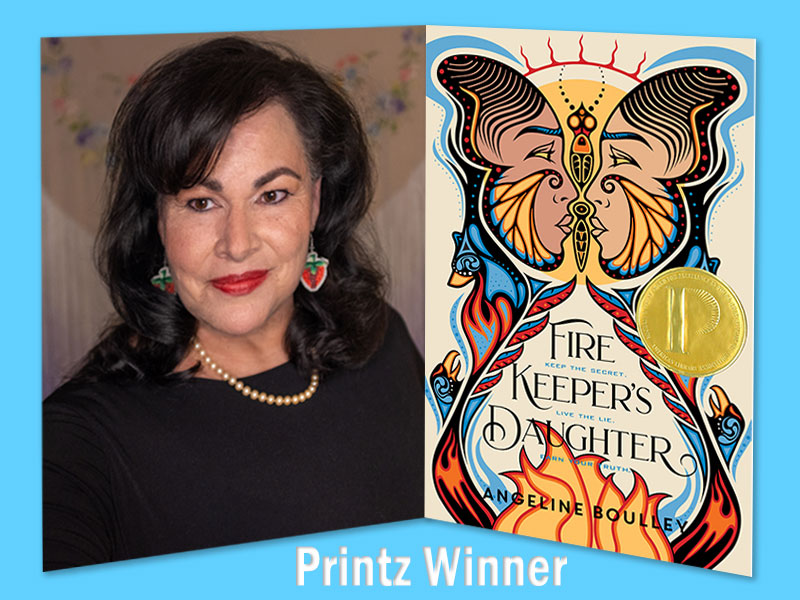
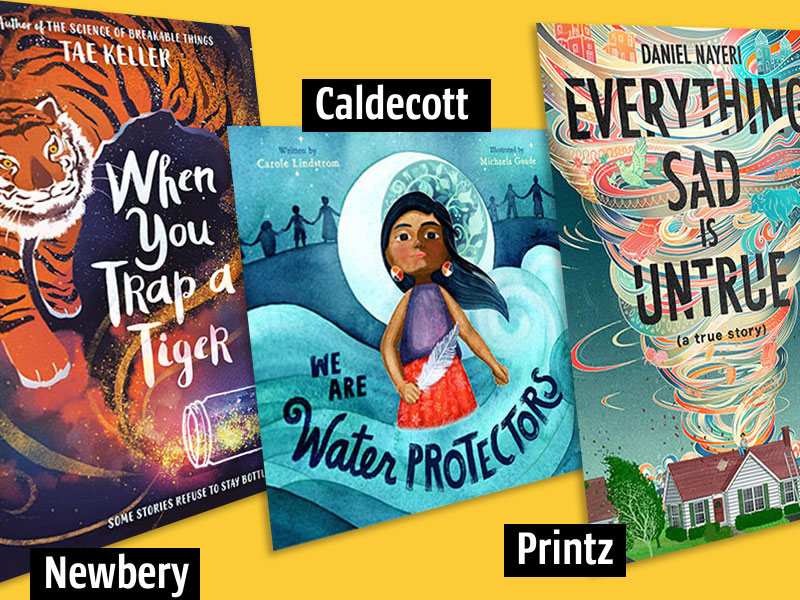
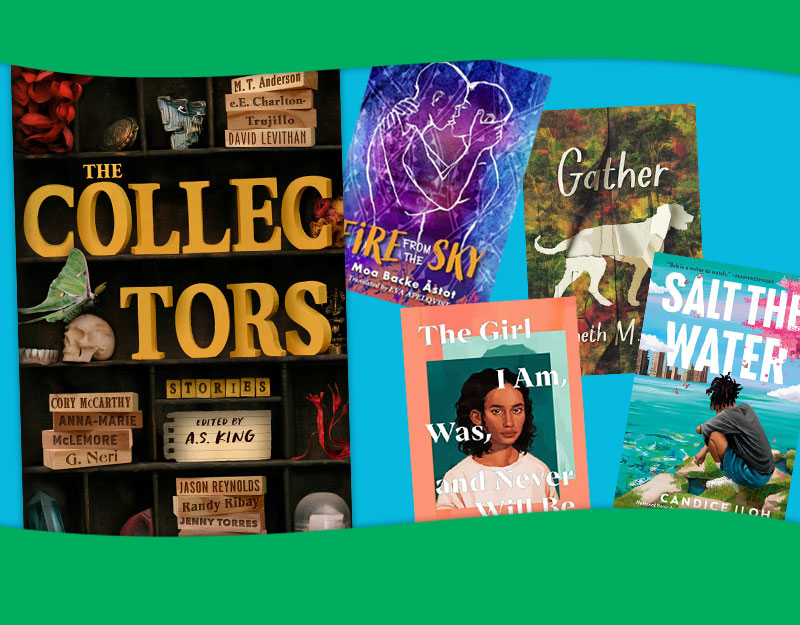
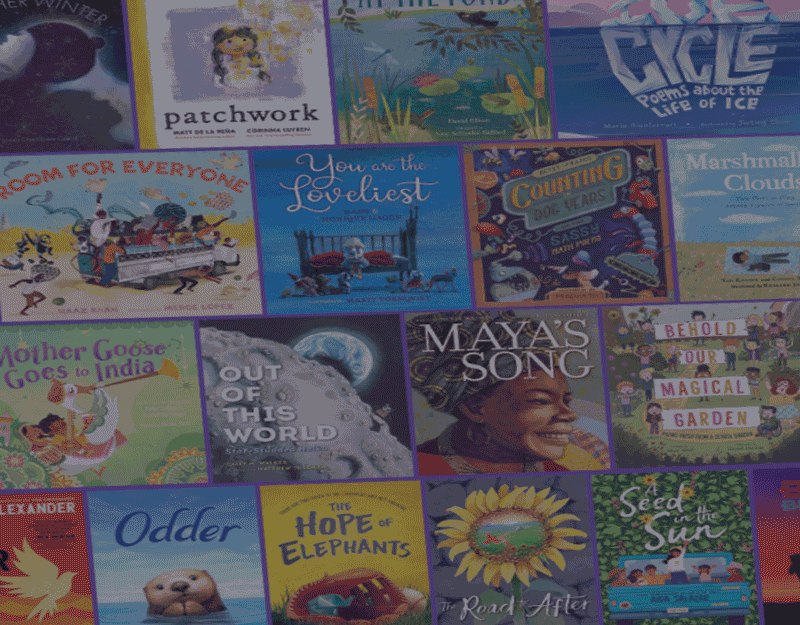
This was a book that caught me completely off guard. Mac Barnett does something so completely unique with this biography in a way that I think children will adore. It is simple in its style, yet complex in its subject matter. The humor in this book is so sweet and playful that I wanted to read it all over again to put a smile on my face. This is one of the most fun biographies I have ever read. I too loved the way that Barnett did not shy away from the eccentric nature that made Margaret Wise Brown who she was and what inevitably made her into a beloved author of children’s books.
This book is distinguished in style. Not only is it an appropriate style, but it actually shows a tribute to its subject by the author. Having read both, the Important Book and the Important Thing about Margaret Wise Brown, I can see how the author honors his subject by using the style of one book to help him write the other. It is not an easy method of writing that lets information flow. It does not allow for long flowery descriptions, but it does honor both the life of Margaret Wise Brown and the books that she wrote.
So, ever since Last Stop on Market Street took home the gold, I have learned to take picture books more seriously in my Newbery discussions with both adults and students.
And this is one of the top picture books that all Newbery groups should take seriously this year.
The word flow has a wonderful rhythm to it that is appealing to young readers.
The style is distinguished as Tamara, Amanda and Cherylynn share above so well.
And, as an educator, it is a rare moment to find students excited about reading a biography. This book gives that rare excitement to kids and adults.
It is , for me, hard to decide what some Newbery criteria—such as plot development—-should look like in a picture book as compared to a full length novel. But my inability to navigate that does not take away the brilliance of this book.
I enjoyed this book and love how kids respond to it.
I believe there are at least 5 novels more distinguished than any picture book this year…..but if a picture book were to pull off another medal like Market Street did, this would be the one I would expect to do so.
Well-written and a distinguished addition to our list.
As other’s have noted the style of this book really stands out. The approach of questioning the reader breaks down a fourth wall that not only brings the reader into the subject in a humorous way it also allows the reader to take a critical stance on what they are reading. Barnet creatively uses Brown’s life to asked pointed questions that really make you think about gate keeping, reading tastes, and how we engage with want we read. I think these are important questions for today’s audience of children and this book poses them at such an approachable level. This really is more than just a “learn about Brown” biography but engages in an almost political or critical discussion about reading and publishing in a way that deepens both our understanding of the biography subject but also the world in general.
I agree with what others have written about this unique style. As Cherylynn point out, he pays tribute to MWB’s style…and so effectively. It lends a whole different flavor to the presentation of information. And should work equally effectively on readers who don’t know her work. (Different from this year’s “Harold and Hog Pretend for Real,” where you have to know the source books to get the humor). I like Rachel’s comment about how the book “is more than just a ‘learn about Brown’ biography.” It’s deceptively powerful. We’re having fun reading about the party with flowers and the duck that appears for no reason…but the author is actually setting up one of the key themes, that “there are some people who not like strange things in their worlds.”
I definitely think this book needs to be taken seriously in Mock Newbery discussions. I have been reluctant in the past to really look closely at picture books but, like Samuel, after Last Stop on Market Street won I have felt the need to be more open-minded.
I loved the style of this book even before I realized it was an elaborate allusion to MWB’s work. I do think that it is just as effective, as Steven says, without that knowledge, though knowing about the allusion makes the style that much more impressive. I think, as Rachel pointed out, the breaking of the fourth wall makes this biography much more engaging than some other picture book biographies.
As far as plot in a picture book goes, it seems that for a picture book biography, moving through her life would be the plot of story. So this does a good job, within the format, of delineating Margaret Wise Brown’s life and work while also mimicking her style.
I agree with everything that has been said in praise of The Important Thing about Margret Wise Brown. I would also add that this book gained something powerful when I read it aloud to my Newbery club. The pacing is perfect. The depth and underlying themes resonate somehow in the space of the page turns and the pauses between portions of text. I liked the way questions are left to hang open for the reader to ponder: “Do you know what Nicholas Knickerbocker thought?” and “Do you know what they found right in the middle of the stairs?” I love that this book is ultimately about the power of art and that important art will sometimes be uncomfortable and unappreciated by some. As we consider our role as collection development specialists in our schools and libraries, it is important to be reminded that we should bring our readers stories that are true, even when they make others uncomfortable. The truth is never made of straight lines. Lives are strange. Children deserve important books.
I thought the presentation of information both mirrored her style and highlighted MWB’s quirky personality. I also though the humor was subtle but not so that a child would miss it. I did some spot checking on the facts and they seems accurate which follows criteria. I also really like how parallels between MWB and Anne Carroll Moore were drawn. They were both shown as strong women, feisty and way ahead of their time, even if they disagreed. This was a beautifully written and presented book and I think is distinguished.
I agree with all of the positive comments, but I do think he spent a little too long on Moore. And the full spread on Nicholas Knickerbocker felt…I don’t know. If you liked Moore, the doll would be a whimsical, charming quirk. But it’s clear he doesn’t like her and so presents it as a bad, weird thing. Which seems like a strange thing to do in a book that’s celebrating MWB’s weirdness. As a reader, it made me self-conscious, like some kinds of weirdness are good and some are bad, so I had to wonder which category my weirdness fits into. Which undermines the overall pro-weirdness message of the book.
This was my main point of contention too, Katrina. Anne Carroll Moore first appears on page 20 and carries through until page 37, which is a significant portion of the story. I’d be curious to know what had to be cut to make so much room for her, and your insight about mocking Nicholas Knickerbocker is a good point too.
My second complaint is the one I always make about picture book biographies – the lack of backmatter. While I liked the stylistic idea of making a 42-page book about her 42-years-long life, backmatter is a big deal for teacher and librarian readers. It helps fill in the sources, expand the story, and explain some of the author’s choices. It can also highlight small details (like how the line about lives ending “as fast as you kick your leg in the air” references Margaret Wise Brown’s untimely death from a blood clot released when she kicked her leg to show her doctors she was feeling fine). It’s not a critical point relative to the Newbery criteria, but it is one that irks me nonetheless.
Echoing Katrina and Katie and adding a couple of my own observation:
The middle/latter part of the book seems to become a “let’s bash the gatekeeper” and make her look really weird and mean. I disagree that ACM is portrayed as a “feisty woman” who had her own achievements as pointed out by Melisa. Rather, the choices of incidents and description make her feel simply disagreeable. Which is probably how the biographer feels toward her and I am not criticizing that Barnett did it, just that he did not portray ACM positively for the young readers.
If this is evaluated as a biography, I also wish to discuss the lack of information on how her books became popular and classics (implied, but never explored in the confine of the 42 pages) since we spent so much time in the book exploring how her books were not accepted by ACM and NYPL (for a while) and never got to see how they became embraced by readers and even garnered awards.
Those were my thoughts exactly!
I thought it was interesting how the book stressed the fact there were only 42 pages (and it would be difficult to “fit somebody’s life into 42 pages”), and then six entire pages were dedicated to Anne Carroll Moore. I understand how important she is to the story, but I am not sure how Anne Carroll Moore’s wooden doll, Nicholas Knickerbocker is an “important thing” about Margaret Wise Brown. (It was just a cute detail, in my opinion, but not necessary when the actual subject matter is MWB). I just found this part to be a bit disconcerting since Barnett and Jacoby specifically pointed out the limited number of pages.
Roxanne, that’s a good point that it never explains how she *did* manage to become famous!
I was confused about why Frances Clarke Sayers is referred to only by her first name while Anne Carroll Moore and Margaret Wise Brown are given the dignity of their complete names. I do feel that there may be some inside jokes or a simmering grudge that Barnett is concealing.
I agree with everyone’s examples about why this should be considered distinguished. It’s such a concise, quirky book with a fascinating voice and style. An early example is the question-and-answer format near the beginning, and I love how Barnett added in such kid-perfect questions. My fifth graders loved the book and especially the dramatic page turns (the duck, Nicholas, etc).
The style of the book is a perfect fit with the style of the subject and of her own books as well. The interpretation of the theme of one’s life is a lofty goal and is achieved in an interesting and still informative way. There are also many connections for the reader to ponder between a story of someone else’s life and the impact it might have on their own.
The “important things” that were highlighted in the book were certainly important… and fascinating. I loved the aspects that Barnett and Jacoby chose to highlight about Brown’s life. They did not set out to write a biography about her, rather an ode in a format that is reminiscent of her own beloved tales.
I loved the way the organization of the text was balanced with a poetic mix of short, choppy prose and long, almost-run-on sentences. The blend made for a sing-song effect that felt almost whimsical. I felt the inclusion of the questions throughout added that perfect element to encourage discussion and engage readers with the text.
I would say that this book checks the box for “individually distinct” according to the ALA guidelines for the Newbery Award.
Alissa, thanks for pointing out that this book probably should not be read as “a biography.”
I also liked the mix of short and long sentences. This kept the book from feeling too simplistic or predictable and gave a nice flow to the language.
While this was not read as a biography, I still felt like the ending could have used more closure about her life. It felt like there was a page missing in the story just before the last page and her character arc was never allowed to really finish.
I agree with Alissa and Roxanne that this really should not be read as a “biography,” which for me is its strength and its weakness. As I noted I really do love that this is more than a “learn about Brown biography” but at the same time I think it has a really strong agenda to talk about what we accept and what we don’t and at times that agenda becomes the book instead of really making it be a biography. Everyone’s comments on the focus of Moore, etc. really brings this to the fore. Leaving the book, I asked myself, do I really know anything about Brown that I did not know before? Well yes, I knew a few facts but that is all, I really did not feel any depth of appreciation for her or her work beyond what I already had. So, in that way I don’t think it succeeded as a biography and because of the oddness that others have noted I also don’t think it quite succeeded as an “issue” text either. I think in some ways you really must know Brown and her style to “get” what is trying to be done here. So yes, this is a unique biography but that is what makes it both distinguished and also what brings it down as well.
Oh, this book. I love how self conscious it is, how aware of the limitations and advantages of the form. The risks it takes that echo the daring of MWB’s life! Some of the page turns feel like a door leading to a cliff. I am a fan of Nicholas Nickerbocker and think he beautifully supports the point that life is strange, even the lives of people who don’t think books should be.
I agree with everyone who questioned whether or not this is a biography, and I feel it was misleading to some extent that the publisher (and I) labeled it as one. This book does not come close to the picture book biographies that we know. The Important Thing About Margaret Wise Brown is storytelling at its best, and no back matter is necessary. I felt like I was having a conversation with Mac Barnett, and he was “dishing” about his friend (or idol) Margaret Wise Brown. And the Anne Carroll Moore tangent was just that, a tangent. It felt defensive and gossipy, and I devoured it.
For me, this was an ode to Margaret Wise Brown much more than it was a biography, so I am less apt to evaluate it based on that criteria.
Susan, I love your reference to the cliff. I willingly took the leap!
When a text manages to deliver what it’s supposed to do (like tell the story about someone’s life) and yet works on a surprisingly other level, as well, then it definitely stands out. And to convey it in such few pages is a success as well.
We’re now closing comments on our HM discussions, as balloting by the HM Committee is underway. Look for new discussions in the January 23rd post as members re-discuss contending titles.